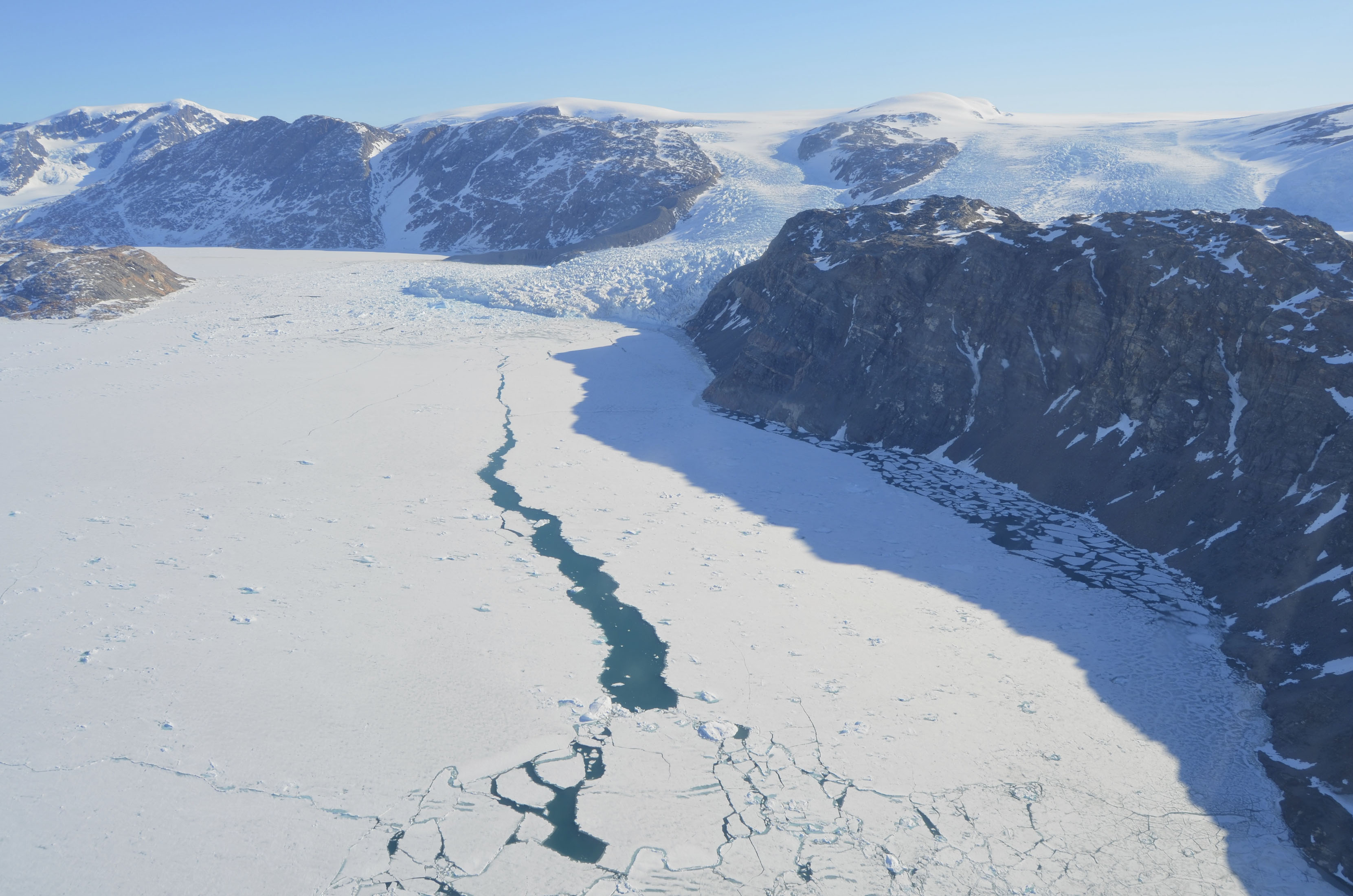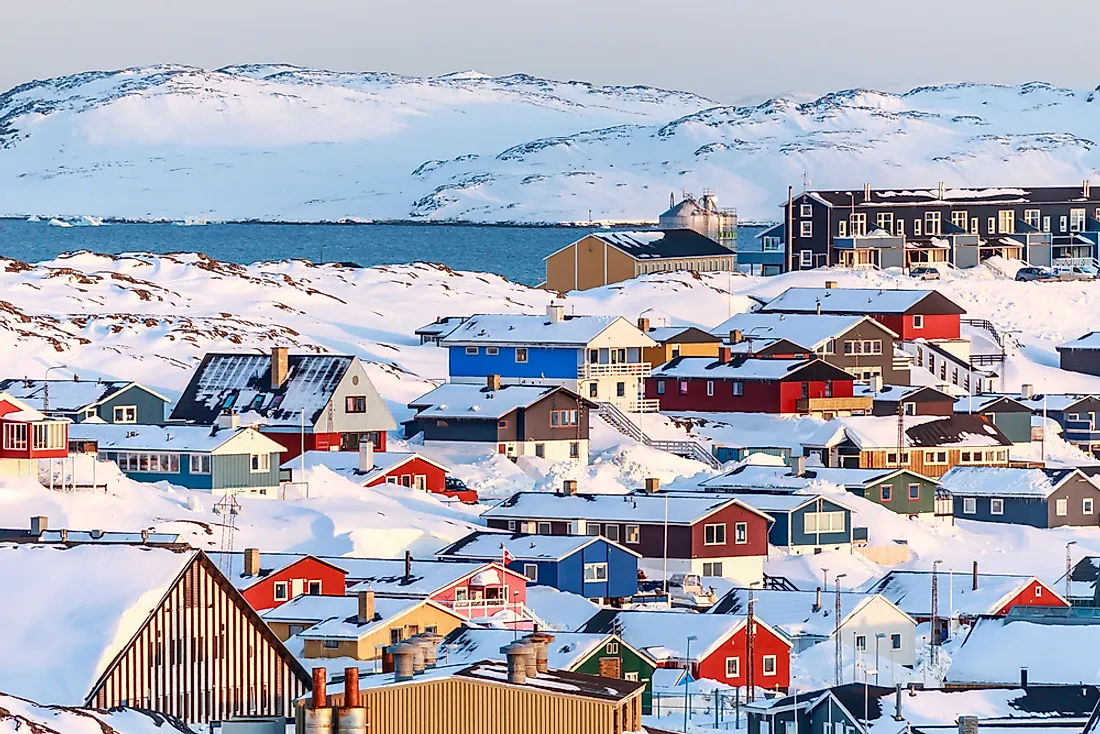
Greenland, the world's largest island, is located in the northern part of the globe. It is situated between the Arctic and Atlantic Oceans, east of the Canadian Arctic Archipelago.
Geography of Greenland

The island of Greenland is vast, with an area of approximately 2,166,086 square kilometers. It is the 12th largest country in the world, but its population is relatively small, with only around 56,000 people.
Greenland is mostly covered in ice, with the ice sheet covering more than 80% of its land area. The island is also known for its fjords, mountains, and glaciers.
History of Greenland

The first people to inhabit Greenland were the Inuit, who arrived there around 4,500 years ago. In the 10th century, Norse settlers arrived on the island and established two colonies, but these were abandoned by the 15th century.
Greenland was then under the control of Denmark-Norway until 1814, when Norway was ceded to Sweden. Denmark then became the sole owner of Greenland, and it remained a Danish colony until 1953 when it became a Danish province.
Climate of Greenland

Greenland has a polar climate, with long, cold winters and short, cool summers. The average temperature in the winter is around -29°C, while the summer temperature is around 5°C.
Due to its location, Greenland experiences long periods of darkness in the winter and long periods of daylight in the summer.
Wildlife of Greenland

Despite its harsh climate, Greenland is home to a variety of wildlife. Some of the most famous animals include polar bears, Arctic foxes, reindeer, and whales.
The island is also home to a variety of bird species, including gyrfalcons, ravens, and snowy owls.
Economy of Greenland
Greenland's economy is heavily dependent on fishing and hunting, as well as the export of minerals such as zinc, lead, and gold. The island's tourism industry is also growing, with many visitors coming to see Greenland's stunning natural beauty.
Culture and Society of Greenland
The Inuit culture is still prevalent in Greenland, and many people still speak the Inuit language. The island has a rich cultural heritage, with traditional music, dance, and art.
Greenlandic cuisine is also unique, with dishes such as mattak (whale skin and blubber) and kiviak (fermented birds).
Tourism in Greenland

Greenland's tourism industry is growing, with many visitors coming to see the island's stunning natural beauty. Tourists can go dog sledding, whale watching, and see the Northern Lights.
Some of the most popular tourist destinations in Greenland include Ilulissat Icefjord, Disko Island, and the capital city of Nuuk.
Challenges Facing Greenland
Greenland faces several challenges, including climate change, which is causing the ice sheet to melt at an alarming rate. This can lead to rising sea levels, which can have a devastating impact on the island and the rest of the world.
The island also faces economic challenges, with a small population and a heavy reliance on fishing and hunting.
Conclusion
Greenland is a unique and beautiful island with a rich cultural heritage and stunning natural beauty. Despite its challenges, it remains a popular destination for tourists and a vital part of the global community.